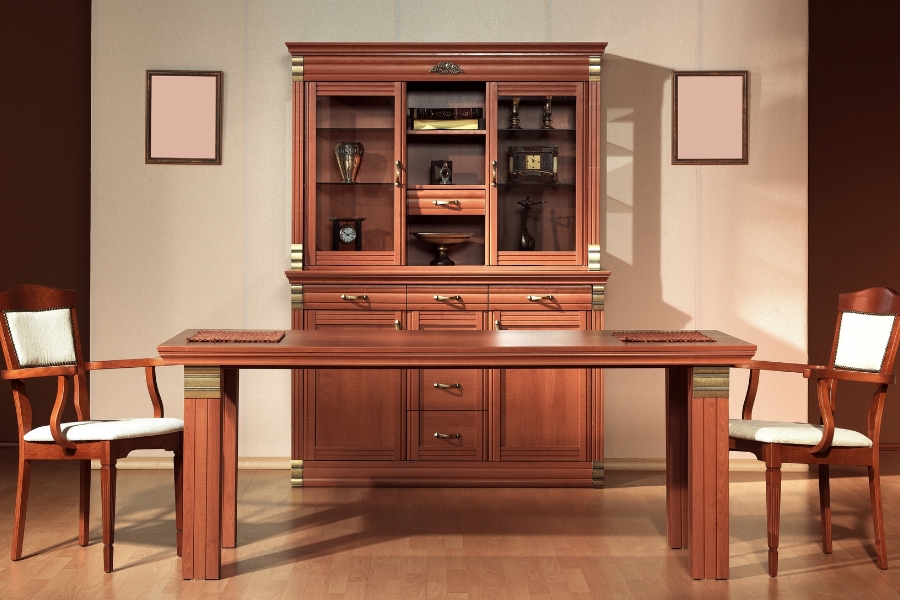Are you looking for wood material that can make furniture look elegant but still affordable? Perhaps the name sungkai wood often appears in recommendations. Sungkai wood (Peronema canescens) is now increasingly popular as an alternative to teak or mahogany. This wood is known for its natural bright color, beautiful fine grain, and ease of pairing with various interior designs.
But the question is, is sungkai wood really suitable for furniture? To answer this, let’s explore its advantages and disadvantages so you can decide for yourself whether sungkai is the right choice!
Advantages and Disadvantages of Sungkai Wood for Furniture Making
Sungkai wood offers various advantages, but it also has several disadvantages that you need to know so you don’t make the wrong choice. That way, you can determine whether this material suits your needs and the style of furniture you want to make.
a. Advantages of Sungkai Wood
- It is more affordable than other popular types of wood, such as teak. This option is suitable for those of you who want quality furniture without having to spend a lot of money.
- It has an attractive natural appearance, with a light yellowish-brown base color and straight grain, giving sungkai wood a clean, modern, and minimalist look.
- It is relatively lightweight, making it easy to transport, move, and arrange furniture.
- It is easy to work with, as its texture is not too hard, making sungkai wood easy to cut, shape, and carve.
- Sungkai wood has a dense structure and smooth surface, making finishing processes such as painting or varnishing easier.
b. Disadvantages of Sungkai Wood
- It is not resistant to extreme weather, so sungkai wood is not recommended for outdoor furniture. Exposure to sunlight and high humidity can accelerate decay and fade its color.
- If not treated with anti-pest agents, sungkai wood is more susceptible to termites and destructive insects.
- Although strong enough for indoor use, sungkai wood is not as durable as teak wood. For furniture that is used frequently or requires extra strength, it is best to consider other materials.
- The natural color of sungkai wood can darken over time.
- Some types of sungkai wood, especially those that are not completely dry, can release sap. This sap can damage the finish or leave stains.
Now that we have thoroughly discussed the advantages and disadvantages of sungkai wood, it is clear that this type of wood has great potential as a stylish and affordable furniture material, especially for indoor use with a light yet elegant minimalist style. So, can sungkai wood be used for furniture? The answer is yes, sungkai wood is worth considering, as long as you know how to care for it properly so that it is durable and remains attractive.
For those of you who are interested in exploring further or want to check out sungkai products right away, Hojaya has a Fancy Sungkai collection that could be the perfect choice. We are well-known as a distributor of quality wood materials at competitive prices and with comprehensive services, from consultation to delivery.
In essence, sungkai wood is perfect for those of you who want aesthetic and functional furniture without having to spend a fortune! Come on, get quality sungkai wood now!

